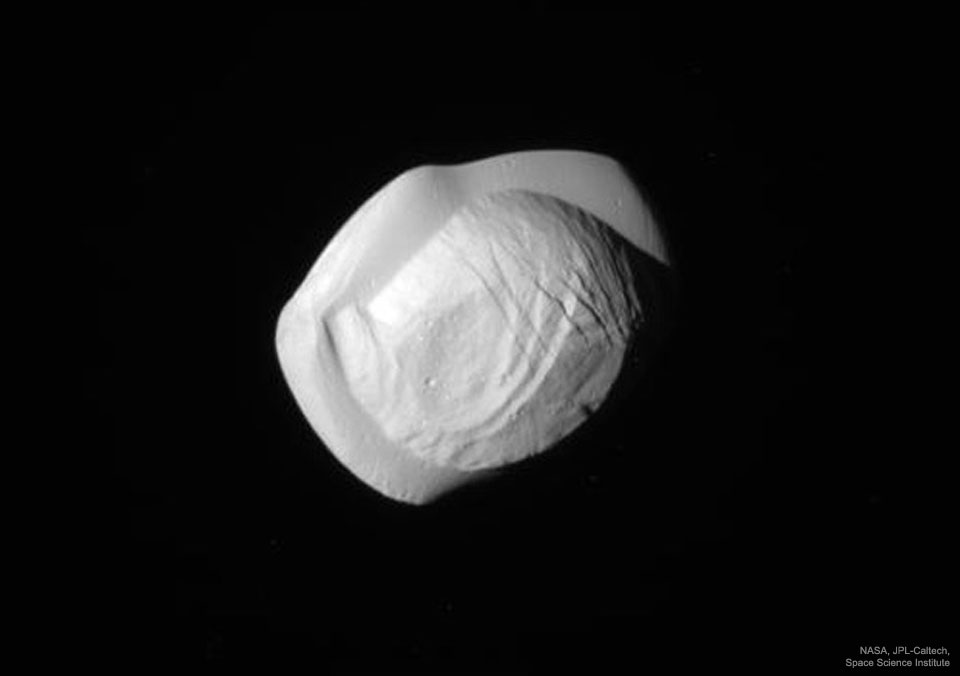Researchers have shown how supermassive black holes may have formed in the early universe. They suggest that radiation from a neighboring galaxy could have shut down star-formation in a black-hole hosting galaxy, allowing the nascent black hole to rapidly put on weight.
via Science Daily
Zazzle Space Exploration market place
